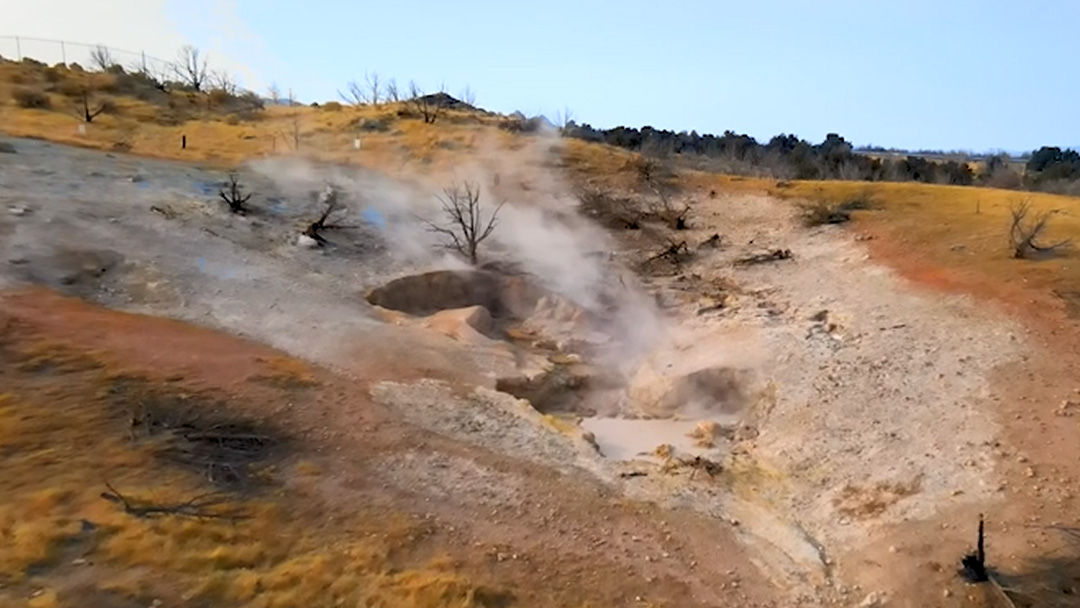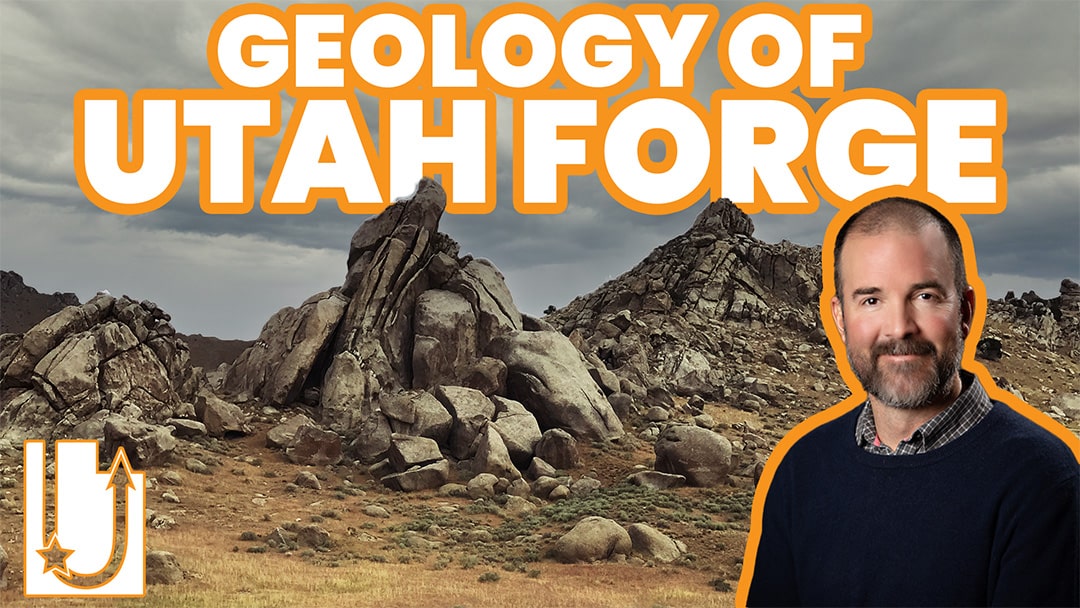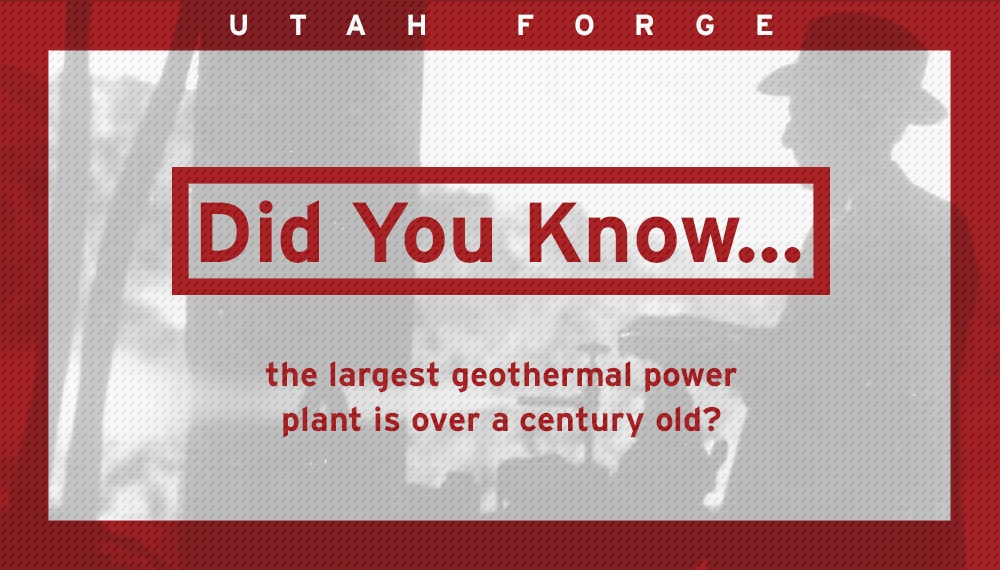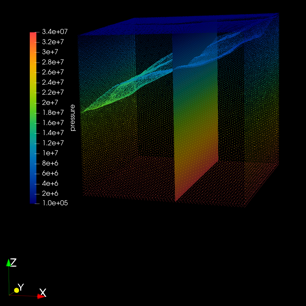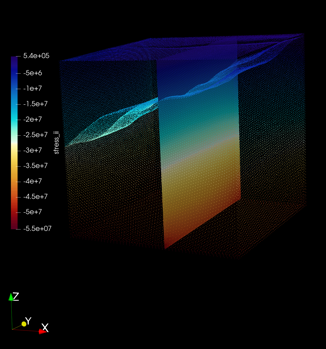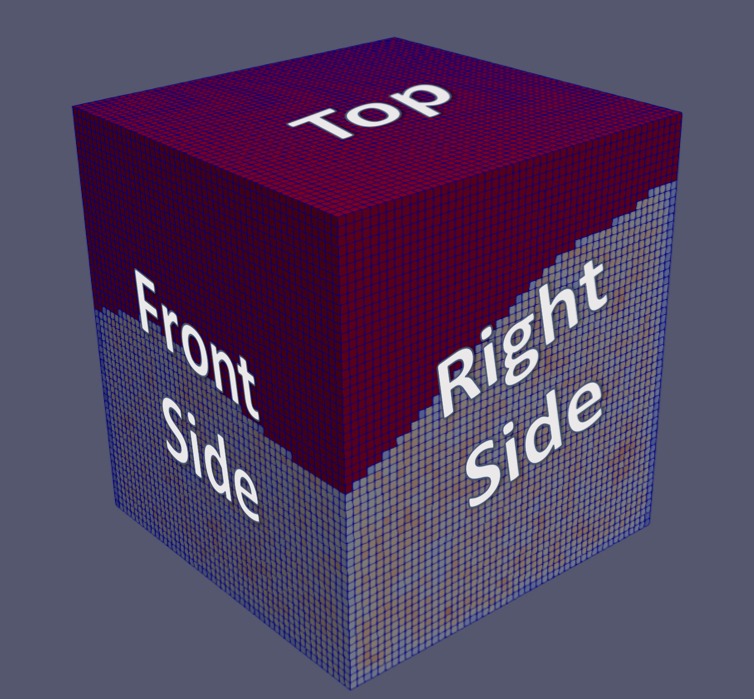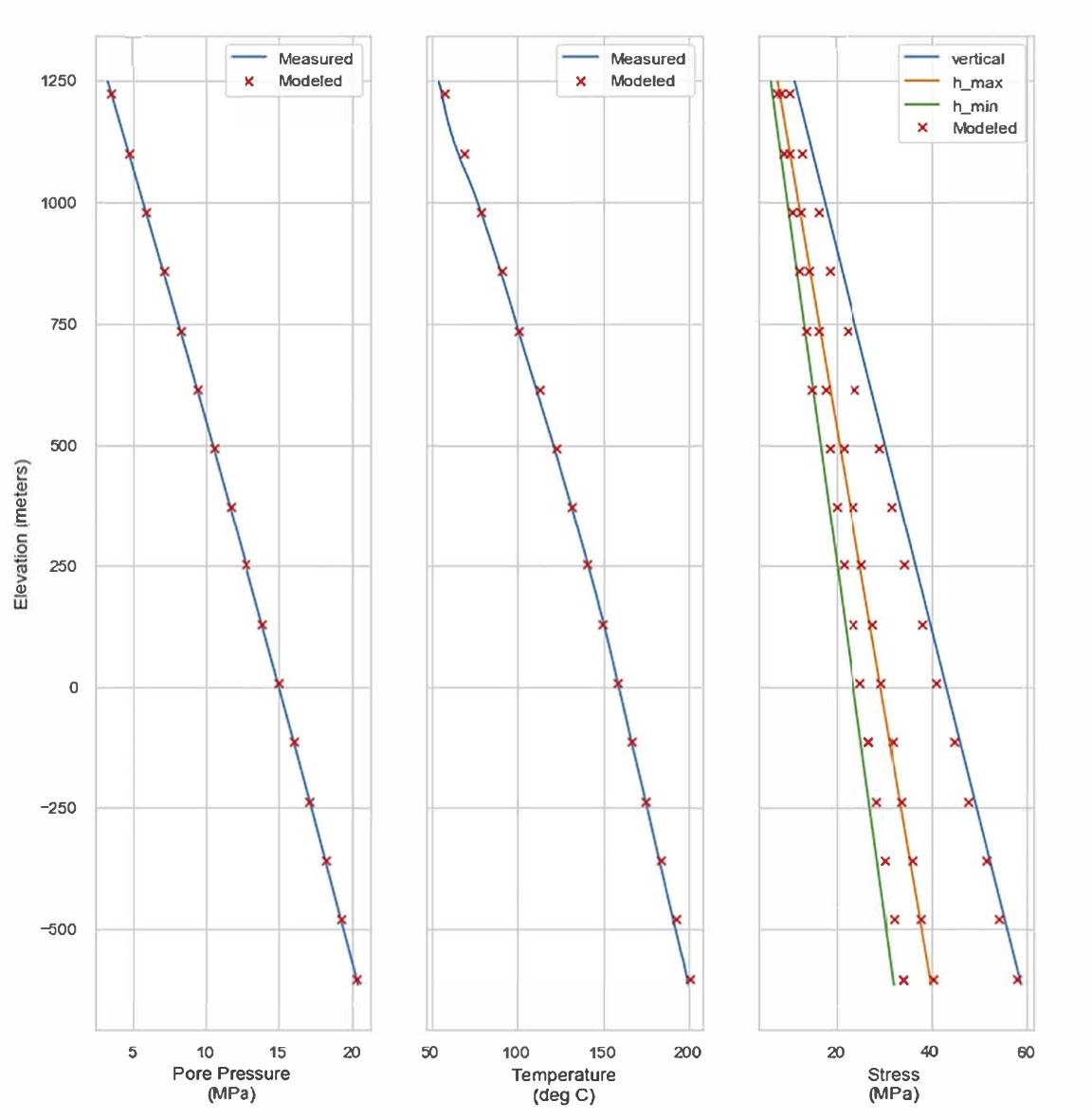The input script of the finite element model for running in MOOSE and FALCON can be downloaded here (\data_file\p3_ns_model_input_script.i). The images to the left from the top to the bottom present contoured results for the pore pressure for the fluid flow field, temperature for the thermal field, the vertical effective normal stress in the Z-direction, the horizontal effective normal stress in the X-direction, the horizontal effective stress in the Y-direction, the shear stress in Y-Z plane along vertical direction, the mean stress (hydrostatic pressure), and von Mises stress for the solid field obtained from the native steady state model. All predicted field variables in the contours exhibit a linear distribution over the vertical direction where the minimum is on the top surface and the maximum is on the bottom surface. However, it also shows that all these pressure, temperature, and stresses exhibit appreciable variations along the horizontal direction. Furthermore, due to the applied shear traction besides the normal pressure traction boundary condition for the solid field, the stress shows a more significant variation across the interface between the sediment and granitoid. The shear stress level is roughly 10% of the vertical normal stress. Native Steady State modeling results can be downloaded here.
The above native steady state model results are based on a series of calibrations that adjust some parameters to make the predicted field variables closely match the field measurements along wellbores. For example, the far field bottom temperature is slightly raised and the predicted distribution of temperature matches the temperature recorded from well logging. Importantly, it is evaluated from field fracture tests that the maximum principle stress is not exactly along the vertical direction but slightly rotates about either the maximum horizontal stress axis or the minimum horizontal stress axis. However, it is undetermined that this rotation is about which axis. By running various models with different boundary conditions, it is suggested that such a rotation is around the minimum horizontal stress axis.
The images above show the comparisons between the measured pore pressure, and temperature, field stresses and the model predicted pore pressure, and temperature, field stresses from the native static model for Wells 56-32, 58-32, 16A, 78B-32, and 78-32. General speaking, they match well except near the ground surface or on the bottom.
